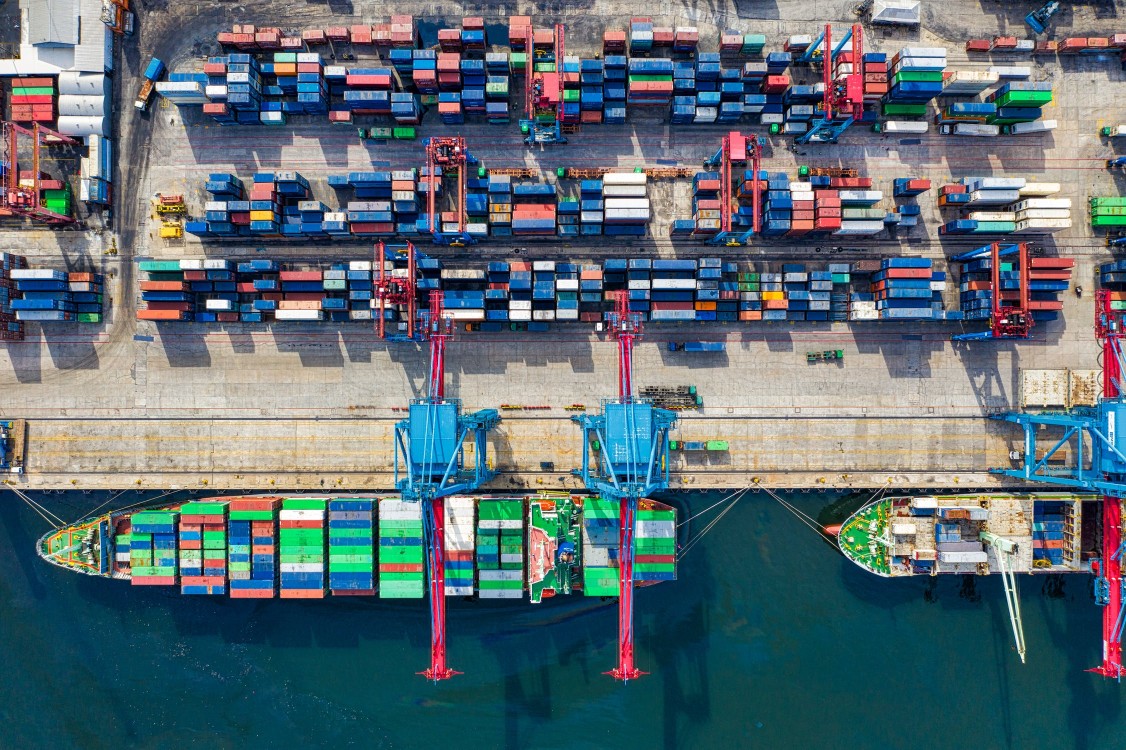If it were up to me, Time’s 2020 Person(s) of the Year should be the frontline healthcare workers who braved the challenge and faced Covid-19 every day unabated. Perhaps as a runner-up: all those who made sure the global supply chain stayed running to get people the healthcare supplies, the food, the home goods, and the supplies needed to keep the world running as best it could while we all dealt with the pandemic and the Covid-era.
At the 2020 Fortune Global CEO Forum, executives Stanley Bergman (Henry Schein), Judy Marks (Otis Worldwide Corporation), and Rodney McMullen (Kroger) joined Katy George (McKinsey & Company) for a facilitated conversation about the state of the supply chain in the midst of the pandemic. A summary of the collective comments follows here.
Pandemics cannot be stopped with task forces. The PPE supply chain for the globe is fragile, and it’s been that way for 20 years. It’s now based in Asia, but when a product is needed, you need it where you are, not where it (the product) is. It’s critical to seize the moment to transform your supply chain comprehensively and sustainably, not just temporarily. One thing we can all agree on: there will be more disruptions, and they are coming with more severity and more regularly.
To fight this, approaches such as dual sourcing, spreading manufacturing across multiple locations, and thinking strategically about inventory and capacity are table stakes for success. Also, digitization is happening in ways where we need to think from the shop floor to the consumer. You can no longer think about sections of the supply chain without considering the end-to-end whole. Agility in the supply chain is not about reliance just in a way that increases costs; flexibility is key for resilience. The notion of upskilling the workforce on digital tools was more talk than reality before Covid-19, but now nine of ten executives McKinsey surveyed said getting digital tools to the workplace is a #1 priority.
Recent surveying indicates, on average, companies experience a major one to two-month disruption in supply every 3.7 years. As such, many companies are now evaluating a move from “just in time” to “just in case” – even at the expense of short-term financial impacts – to create more resiliency in their supply chains. The executives on the panel admonished that it would be foolish to look at the pandemic as a one-off. As you work on this, don’t just fix your supply chain but transform it. Disruptions are coming faster and with more severity than ever before, so prepare for this being the go-forward condition in which we all have to work.
The traditional levers have been sourcing, diversification of sourcing, and inventory. Companies now need to add new things: digitization to create transparency from supplier through customer, as well as creating agility and flexibility with visualization. The use of the new digitization lever creates the need to upskill the workforce on analytics, data analysis, and use. This begs the inquiry: what questions should we be asking about what our supply chains need and how can data help us answer them?
The United States needs to prioritize manufacturing, education, and workforce development as a set. Nobody going to work in a plant or factory is entering the old world; it’s not your father’s factory anymore. Moreover, going to the lowest price for critical items doesn’t work. Just think about 2020: does it work for the caregivers or for the patients for us to source solely on cost for PPE, cleaning solutions, and hygiene wipes?
A good question to consider is: What natural disaster plans have we developed and matured that we can apply to broader situations? Reliance is a key strength of any supply chain. Resilience is not just a supply-side issue, as we need to try to understand what will trigger demand. Will those demands be for the new inventory? What will the associated costs be for it? Being resilient is an investment, but how do investors feel about that? If you believe it is critical for your business, the executive team needs to talk to investors proactively to set the stage and their expectations for how you will work in the face of a disruption…because the disruption will come.






